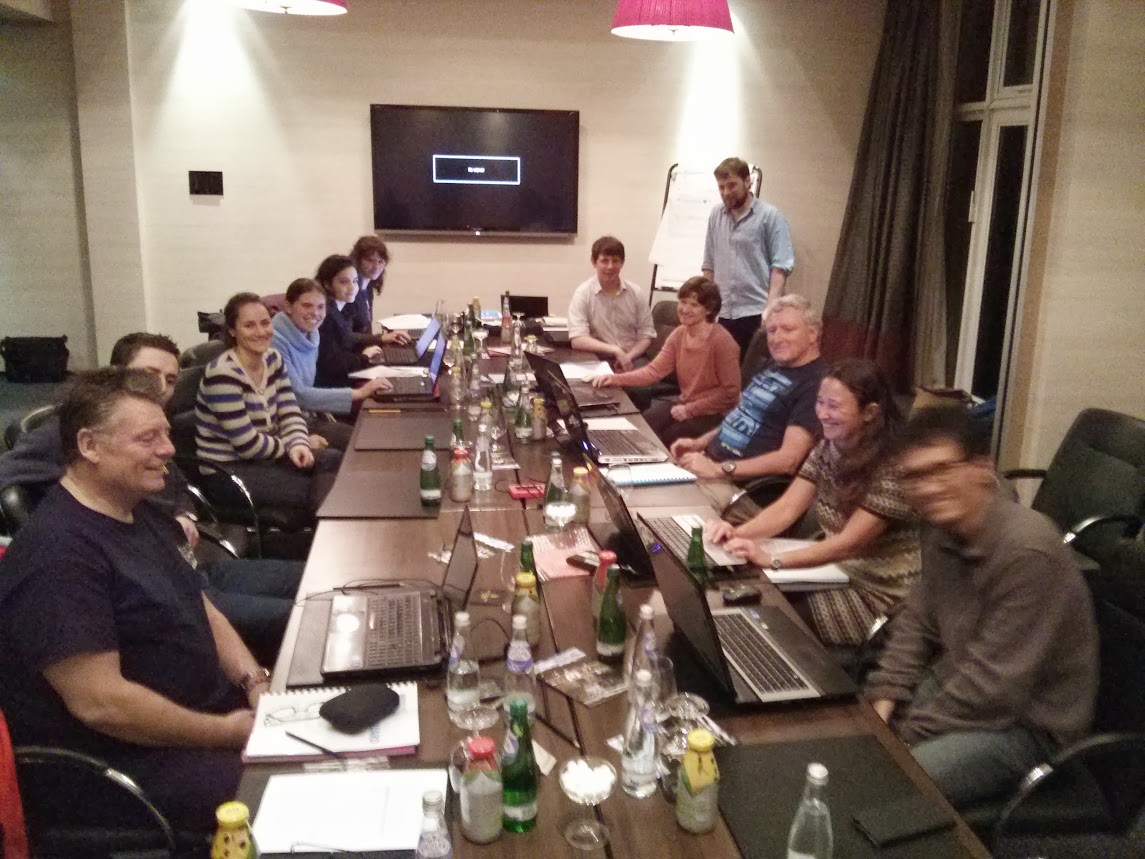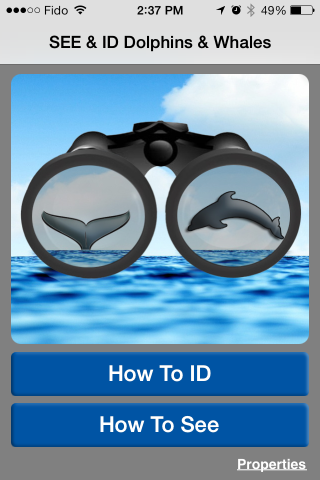
In January 2014 Sarah Barry of the Executive Committee independently attended the first advanced PAMGuard course. PAMGuard is one of the leading research and industry PAM software for real-time data collection and offline analysis. The developers of PAMGuard offer several different courses including an Introduction to PAMGuard and practical PAMGuard courses and now a two-day classroom-based course which enables those with previous PAMGuard experience to get to grips with more advanced features, in particular offline analysis and data management. The courses have a high tutor-to-student ratio to ensure participants are able to receive individual assistance with their training requirements.
 The advanced course included some core analysis modules and participants were able to explore the advanced functions in viewer mode. Participants were also able to tailor training to their particular needs by selecting from a range of optional modules including how to use complex classifiers such as Whistle Detection and Classification, High Resolution Localisation, Target Motion Localisation, Data Management, Noise Monitoring, and MATLAB library.
The advanced course included some core analysis modules and participants were able to explore the advanced functions in viewer mode. Participants were also able to tailor training to their particular needs by selecting from a range of optional modules including how to use complex classifiers such as Whistle Detection and Classification, High Resolution Localisation, Target Motion Localisation, Data Management, Noise Monitoring, and MATLAB library.
These modules were all very interesting, and useful for research and offline analysis, but not appropriate for PAM operators using PAMGuard for real time mitigational purposes. However, a module that showed how the automatic field data logging program Logger can be used within PAMGuard did prove to be interesting and relevant for mitigation. This may prove to be a useful tool for collecting sightings data alongside PAM. Using Logger, it is also possible to design any number of forms for manual input of data so all data required by standardised forms (JIP, JNCC) could be entered relatively easily.
 Between 7 and 13 December 2013, I was able to attend the 20th Biennial Conference on the Biology of Marine Mammals at the Otago University in Dunedin, New Zealand.
Between 7 and 13 December 2013, I was able to attend the 20th Biennial Conference on the Biology of Marine Mammals at the Otago University in Dunedin, New Zealand.

 The advanced course included some core analysis modules and participants were able to explore the advanced functions in viewer mode. Participants were also able to tailor training to their particular needs by selecting from a range of optional modules including how to use complex classifiers such as Whistle Detection and Classification, High Resolution Localisation, Target Motion Localisation, Data Management, Noise Monitoring, and MATLAB library.
The advanced course included some core analysis modules and participants were able to explore the advanced functions in viewer mode. Participants were also able to tailor training to their particular needs by selecting from a range of optional modules including how to use complex classifiers such as Whistle Detection and Classification, High Resolution Localisation, Target Motion Localisation, Data Management, Noise Monitoring, and MATLAB library.
